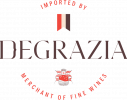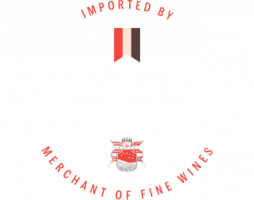2021
Harvest
2021
Harvest
Piedmont
Quantity: -10% compared to the 2020 harvest
After the first cold and snowy part of winter, from February the above-average temperatures led to early budding in the best exposed vineyards in areas below 300 meters above sea level. On the days of 7 and 8 April a cold current from the western quadrants caused a thermal drop below 0 ° C. In those vineyards that had reached the development of sprouts with extended leaves, the frost caused serious damage and production losses that today we can estimate in a few percentage points over the entire region, especially on Nebbiolo.
Subsequently, in May, the season continued slowly due to the persistence of low temperatures and scarcity of rain, which however also limited the infections of downy mildew of the 10-12 May rains. In June, the rise in temperature, accompanied by reduced rainfall, made it possible to make up for the delay in ripening, arriving at the end of June with a development in line with the average of previous years.
Flowering took place in a warm period with no rain, thus giving rise to a good fruit set and, evaluating the number of grapes per cluster, fertility was not affected by the low temperatures in April.
During the spring and summer the hail returned and it did so with the usual chance. The areas most heavily affected were three: the eastern part of Roero, then the so-called Upper Piedmont, with particular gravity to the areas of Gattinara, Ghemme and Sizzano wines and, finally, the Canavese, in particular the Viverone area, Piverone and neighboring countries.
In mid-August, production is in good quantity, with low damage caused by fungal pathogens, the only exception being the damage caused by heat stroke, which this year has affected the whole region.
The ripening of the grapes, from the first analyzes carried out on the early varieties such as Moscato bianco and Chardonnay, is slightly delayed by 3-5 days compared to 2020, and in line with the average of past years. In particular, it is worth noting a good endowment in acidity.
The harvest of the grapes, black and white, for dry sparkling wine began in the third decade of August, and will continue until around 8-10 September, especially in the higher areas of the Alta Langa Docg.
The grape harvests of Moscato and Brachetto will begin in the first ten days of September, followed by Arneis and Cortese, while the Favorita will wait until more than the middle of the month and the Erbaluce also after 20 September. Then Dolcetto, Ruchè, Freisa, Vespolina and then Barbera. Between the end of September and the beginning of October it will be Nebbiolo time in its various areas, with further delays in the Canavese and Upper Piedmont.
The quantity is good without production excesses. A reduction is expected, especially among the vineyards of Upper Piedmont (-30%) and Canavese (-15%), if the climatic course continues to be with no rain and high temperatures. Today there are all the conditions for making wines of great quality, also by virtue of the moderate quantity of production.



